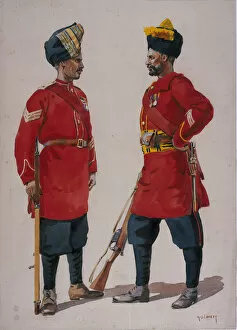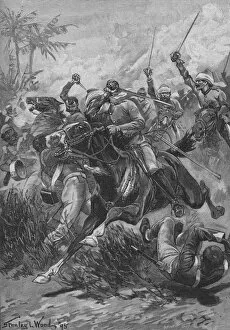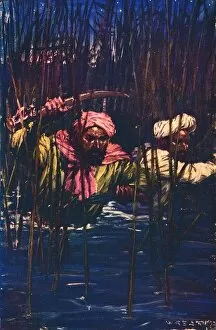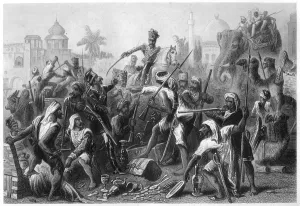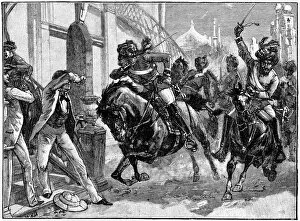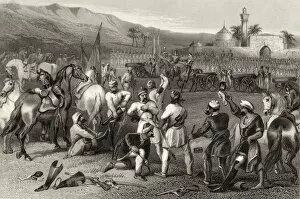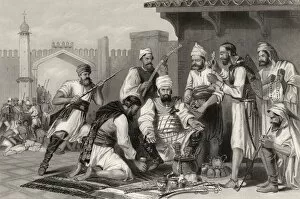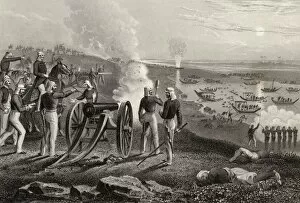Sepoy Collection (page 4)
The Sepoys, known for their pivotal role in the 1857 Mutiny and as rebel fighters during the Siege of Lucknow, were an integral part of India's military history
All Professionally Made to Order for Quick Shipping
The Sepoys, known for their pivotal role in the 1857 Mutiny and as rebel fighters during the Siege of Lucknow, were an integral part of India's military history. Their valor and determination left an indelible mark on the annals of warfare. From the Corps of Guides, comprising both cavalry and infantry units, to the Anglo-Indian Army of the 1880s depicted in a vibrant color lithograph, these soldiers embodied bravery and loyalty. The Soldiers of the 15th Ludhiana Sikhs showcased their strength and discipline in an illustration that exemplified the might of Indian armies. In another captivating image titled "Native Troops in East India Company's Service, " a sergeant from a Light Infantry unit stood tall with pride. This anonymous illustration captured not only his physical prowess but also his unwavering commitment to duty. Sepoys were not confined to battles within India alone; they ventured beyond its borders too. A fascinating album revealed new details about a little-known campaign where British forces led by sepoys brushed aside Tibetan defenses to capture Lhasa in 1904. Another depiction showcased sack fighting by sepoys during a British military campaign to Tibet, highlighting their adaptability and resourcefulness on foreign soil. However, it was not just victories that defined their legacy. Lord Roberts' triumph capturing the Sepoy Standard at Cawnpore symbolized resilience against adversity while Fatehpur Sikri served as a reminder of defeat for mutineers who dared challenge British rule. Lastly, Shahzadaghs' capture after battle portrayed sepoy prisoners whose fate hung precariously between life and death – testaments to sacrifice made amidst tumultuous times. The story soldiers is one intertwined with courage, honor, conflict, victory, defeat - all elements that shaped India's rich military heritage forever etched into history's tapestry.


